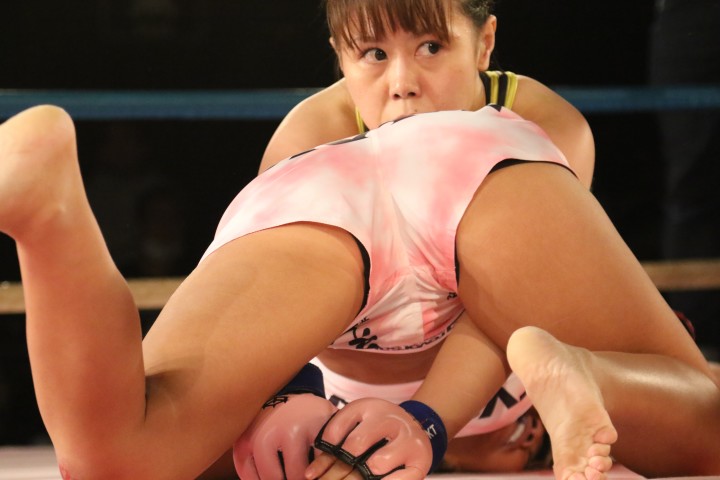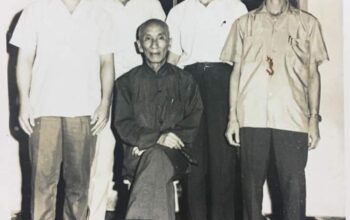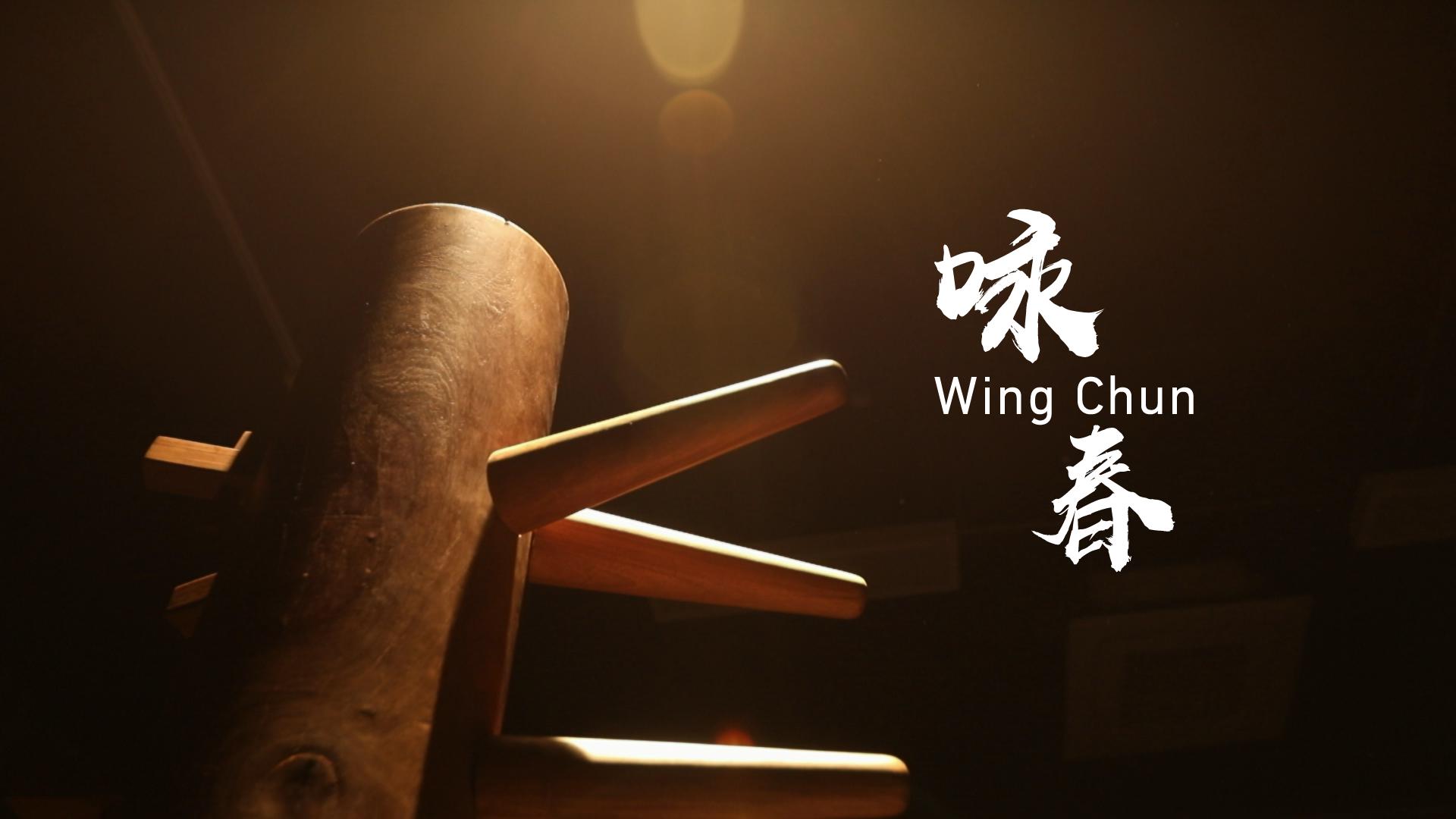How Does Wing Chun Compare to Brazilian Jiu-Jitsu?
Wing Chun and Brazilian Jiu-Jitsu (BJJ) are two distinct martial arts with their own unique principles, techniques, and strategies. While both arts have gained popularity for their practicality in real-life combat situations, they differ significantly in focus and approach. Let’s explore the key differences between Wing Chun and BJJ to gain a better understanding of their respective strengths and applications.
- Striking vs. Grappling:
One of the primary differences between Wing Chun and BJJ lies in their primary areas of focus. Wing Chun is primarily a striking-based martial art that emphasizes fast and efficient hand techniques, kicks, and close-quarters combat. It places great importance on developing speed, timing, and precision in delivering strikes to neutralize opponents. On the other hand, BJJ is a grappling-based martial art that focuses on ground fighting, joint locks, chokes, and submissions. BJJ practitioners aim to control and submit opponents through various grappling techniques. - Distance and Range:
Wing Chun and BJJ also differ in their preferred distance and range. Wing Chun is designed for close-quarters combat, where techniques such as punches, strikes, and trapping are most effective. It emphasizes maintaining contact with the opponent and utilizing short-range attacks. In contrast, BJJ excels in close-quarter grappling and ground fighting, where practitioners seek to gain dominant positions to apply submissions or control opponents. BJJ practitioners are skilled at fighting from the clinch and on the ground. - Techniques and Strategies:
Wing Chun employs a direct and efficient approach to combat, focusing on intercepting and attacking an opponent simultaneously. It emphasizes quick, straight-line strikes, utilizing the centerline concept to control an opponent’s movements and disrupt their balance. Wing Chun techniques are designed to be simple, direct, and practical for self-defense situations. BJJ, on the other hand, relies heavily on leverage, joint locks, and submissions to control and submit opponents. BJJ practitioners excel in positional control and manipulating an opponent’s body to gain a submission hold. - Training Methods:
The training methods in Wing Chun and BJJ also differ significantly. Wing Chun training often includes forms practice, partner drills, and techniques performed on wooden dummies or focus pads. Chi Sao, or sticky hands, is a key training method in Wing Chun, allowing practitioners to develop sensitivity and reflexes. BJJ training typically involves sparring, rolling, and positional training on the ground. BJJ practitioners engage in live training sessions to develop their grappling skills and test their techniques against resisting opponents. - Philosophy and Mindset:
While both martial arts have practical applications for self-defense, they embody different philosophies and mindsets. Wing Chun emphasizes efficiency, economy of movement, and simultaneous attack and defense. It seeks to neutralize opponents quickly and decisively. BJJ emphasizes leverage, strategy, and patience. It focuses on controlling opponents through positional dominance and applying submissions when opportunities arise. BJJ practitioners often adopt a problem-solving approach, seeking advantageous positions and techniques to overcome opponents.
It’s important to note that Wing Chun and BJJ are not mutually exclusive, and practitioners can benefit from cross-training in both arts. Some practitioners find that the combination of striking skills from Wing Chun and grappling skills from BJJ provides a well-rounded self-defense toolkit. The decision to pursue one art over the other ultimately depends on individual preferences, goals, and interests.
In conclusion, Wing Chun and Brazilian Jiu-Jitsu are two distinct martial arts with their own unique approaches to combat. Wing Chun emphasizes striking, close-quarters combat, and efficiency of movement. BJJ focuses on ground fighting, grappling, and submissions. While their techniques, training methods, and philosophies differ significantly, both arts offer valuable self-defense skills and can be complementary when







